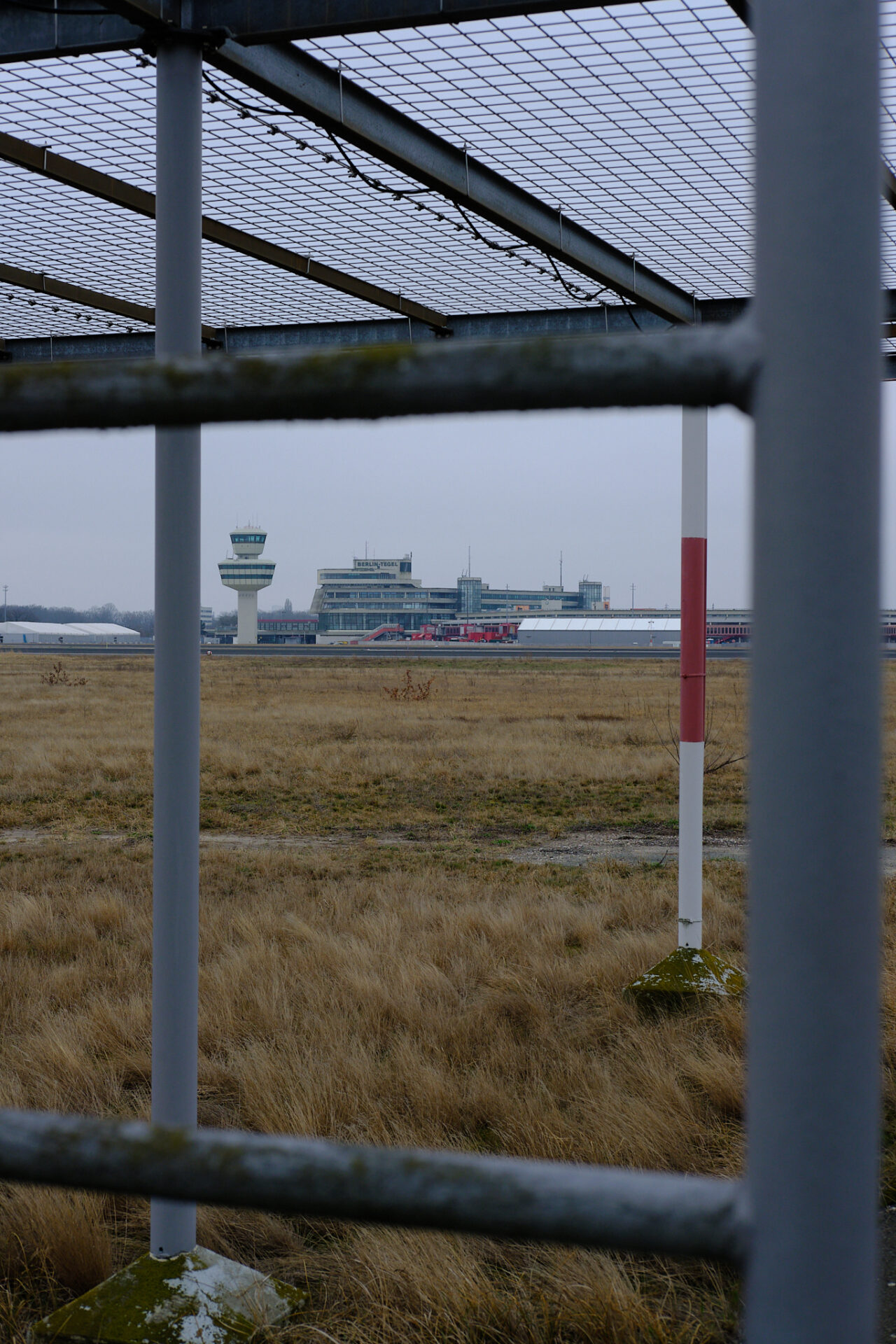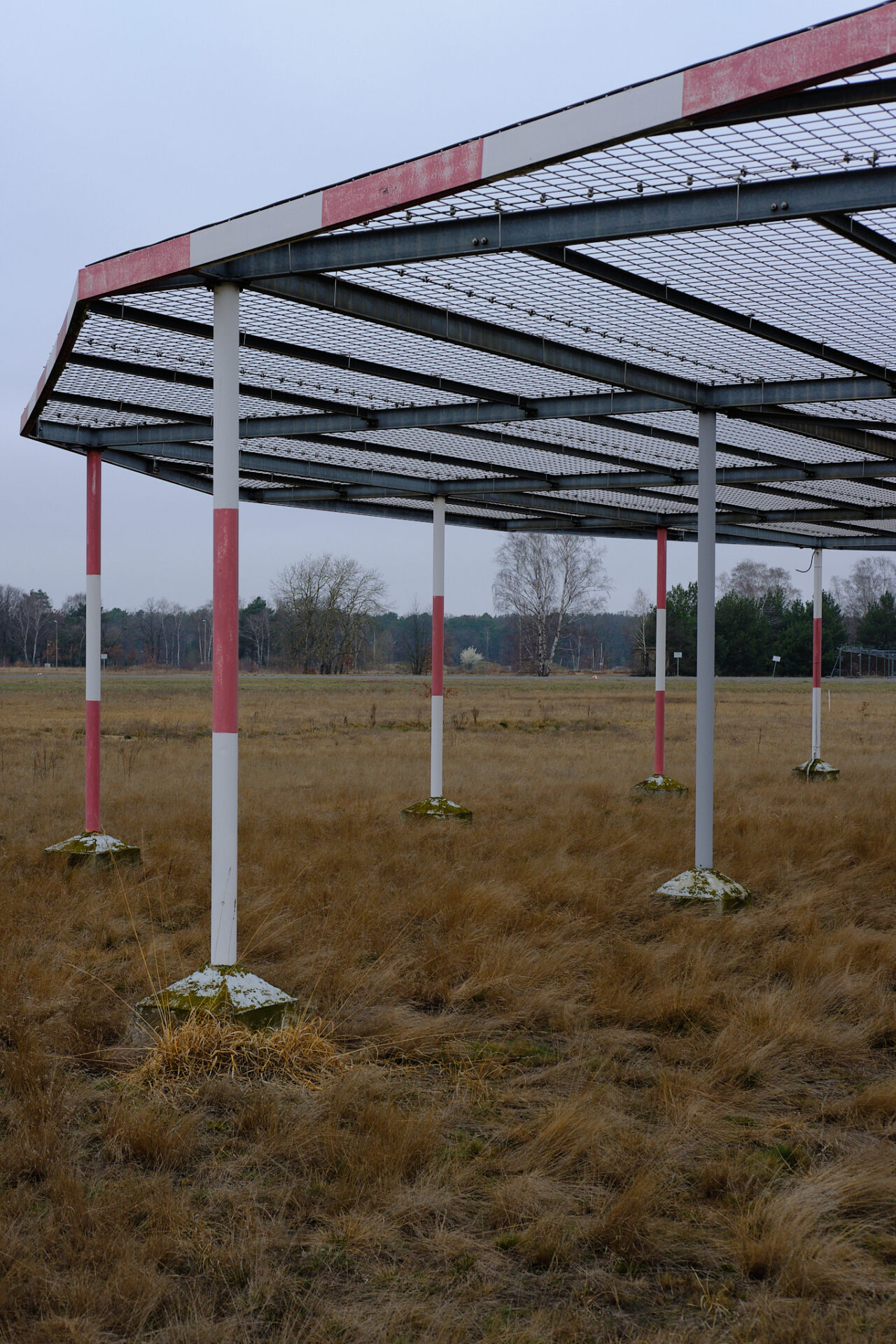Master Design Studio
Hochbau I
+ PIV: Starting from Disability (Helge Weiser, SenStadt)
28 Participants
MAA + MAT
Studio language will be English
Thursdays + Fridays 10-18:00
Studio A206 (and on-site in Tegel)
Cooperation with Grün Berlin GmbH
In November 2020, the final flight departed from Berlin’s Flughafen Tegel, marking the end of nearly 50 years of operation. A key aspect of the site’s transformation is the creation of Tegeler Stadtheide — a 190-hectare landscape park. This new green space will serve as a vital refuge for biodiversity, an interdisciplinary research hub, and a much-needed recreational area for Berlin’s residents. In collaboration with Grün Berlin, the design studio will focus on repurposing several existing structures on the site, including transformer housings and a radar station, to establish a centre for environmental education.
We will start the semester with a bike tour and visit to Tegel, where the first task will focus on mapping existing resources and infrastructure on the site in small groups. The following week, we will have a two-day excursion with camping on-site and have the chance to hear from the key actors on-site as well as the team currently responsible for the environmental outreach programme at Grün Berlin. The studio will have a collaborative and collective focus, and you will pursue your projects in groups of 3-4 throughout the semester. In the final week of the semester, we will present and exhibit the results in Tegel.
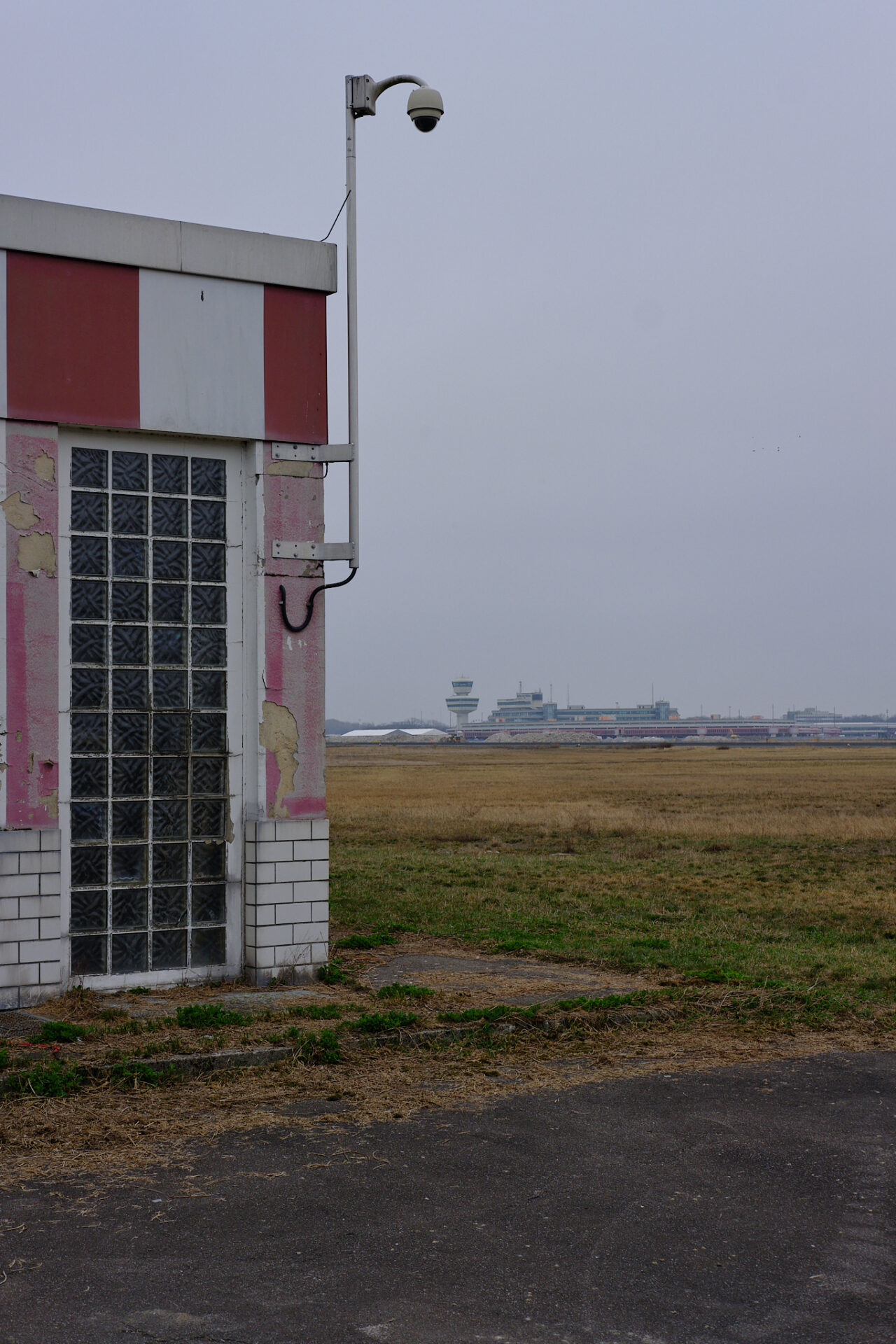
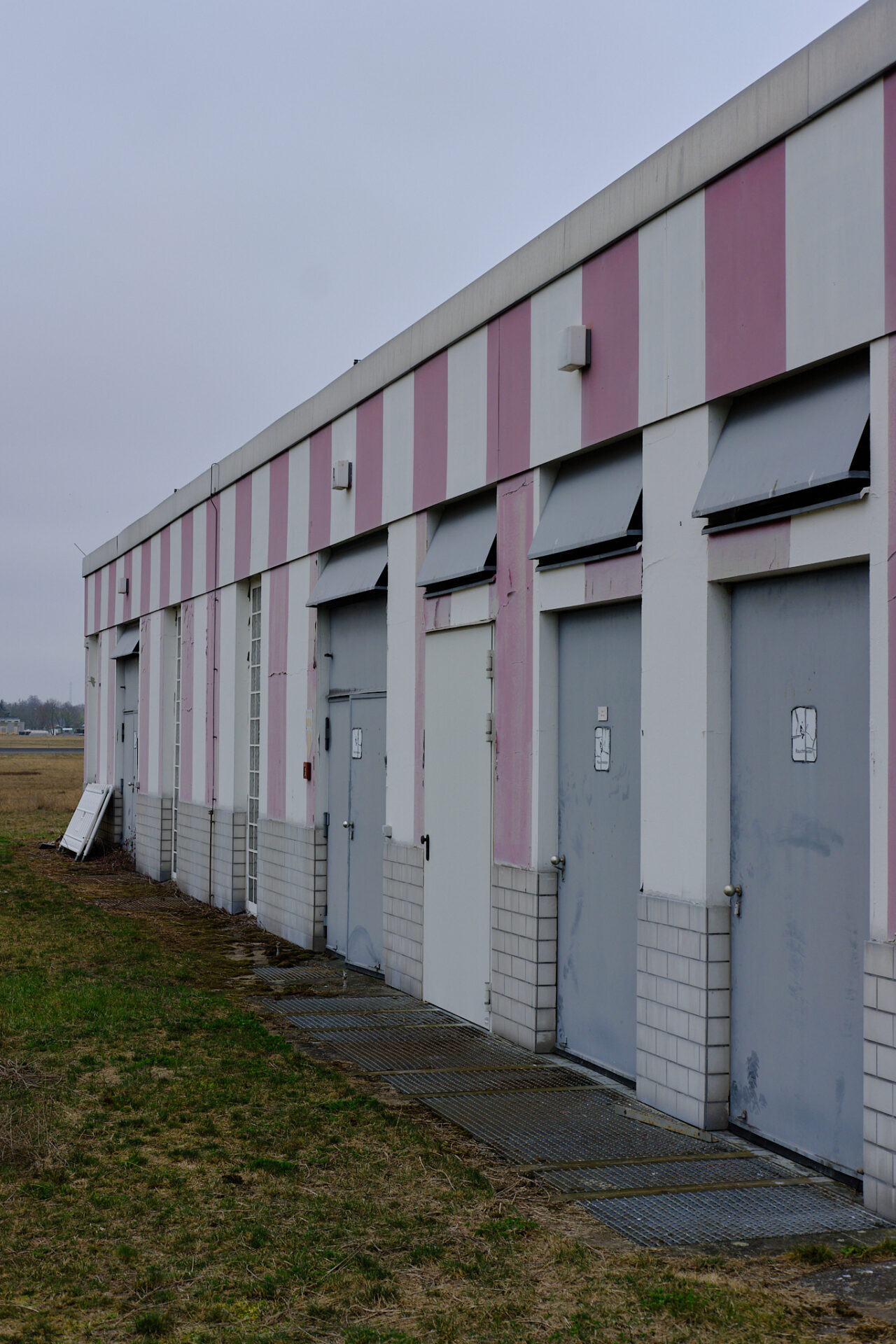
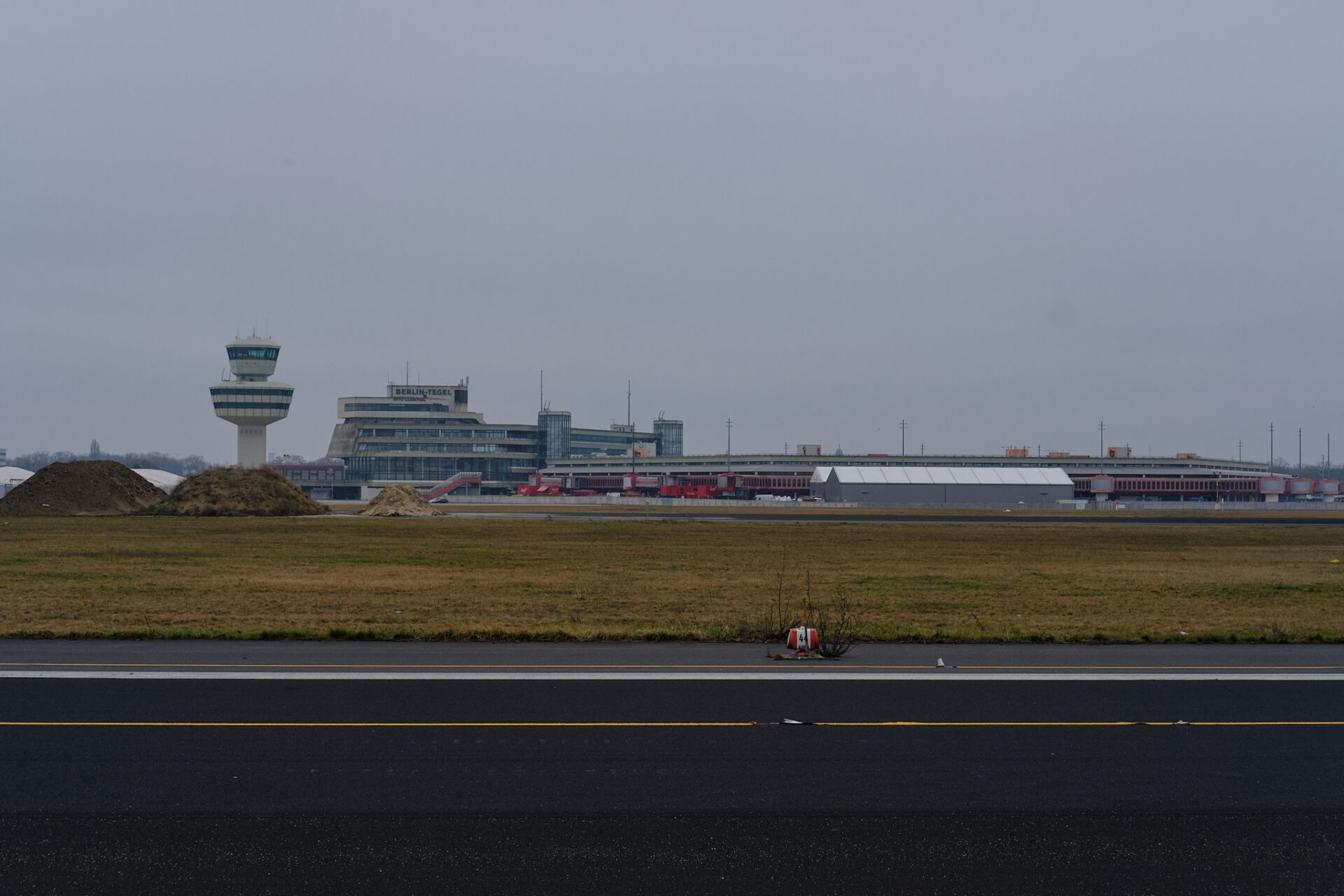
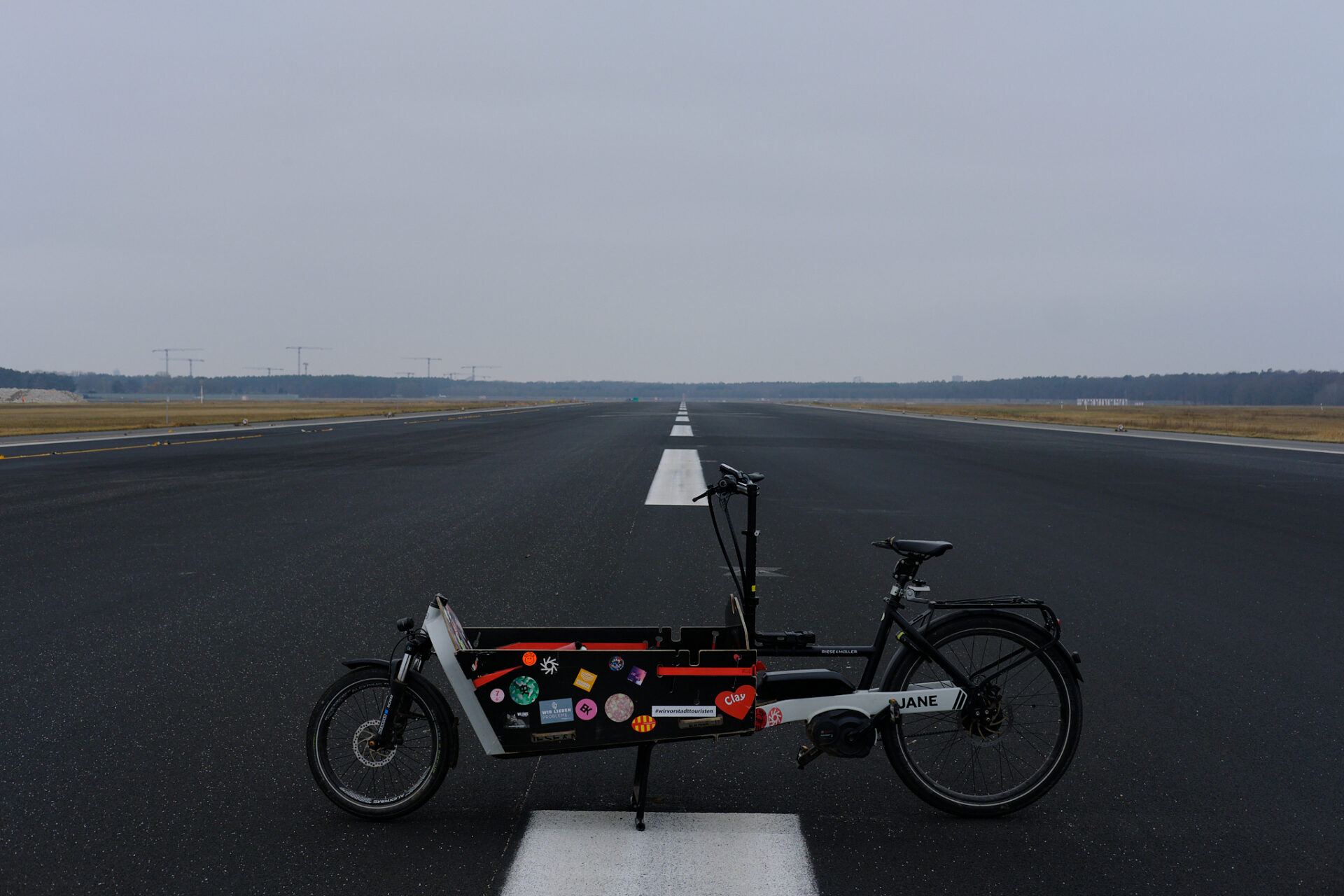
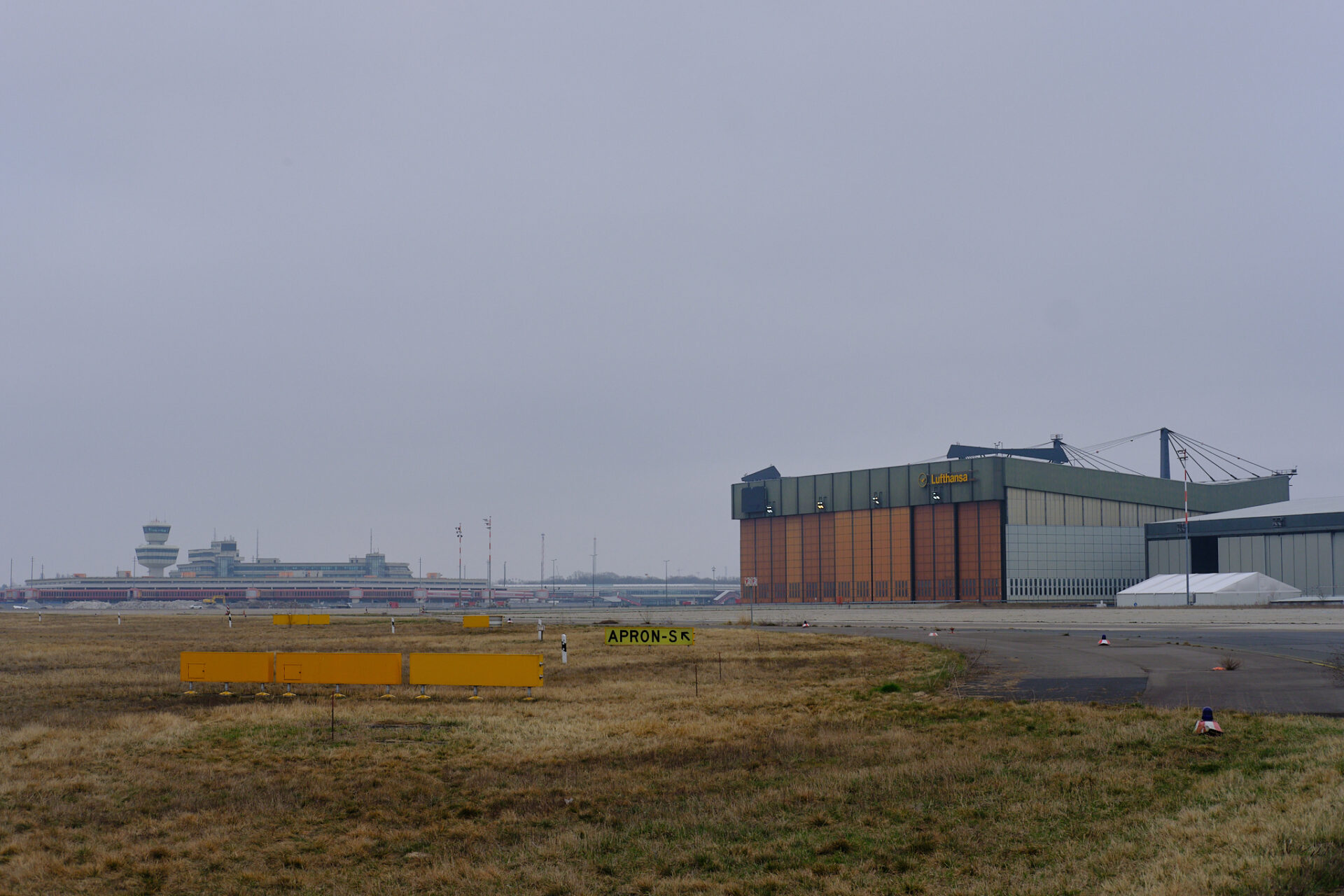
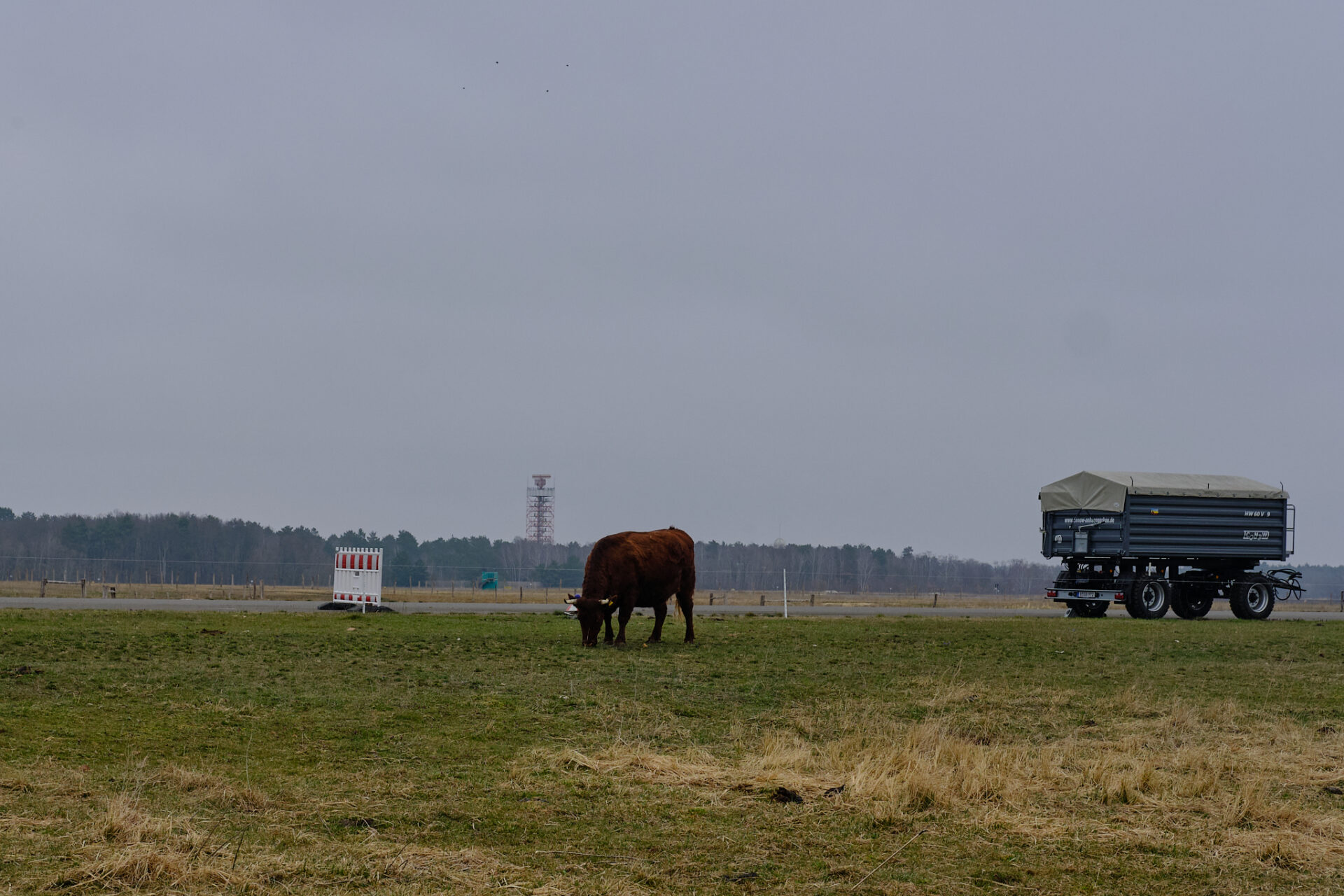
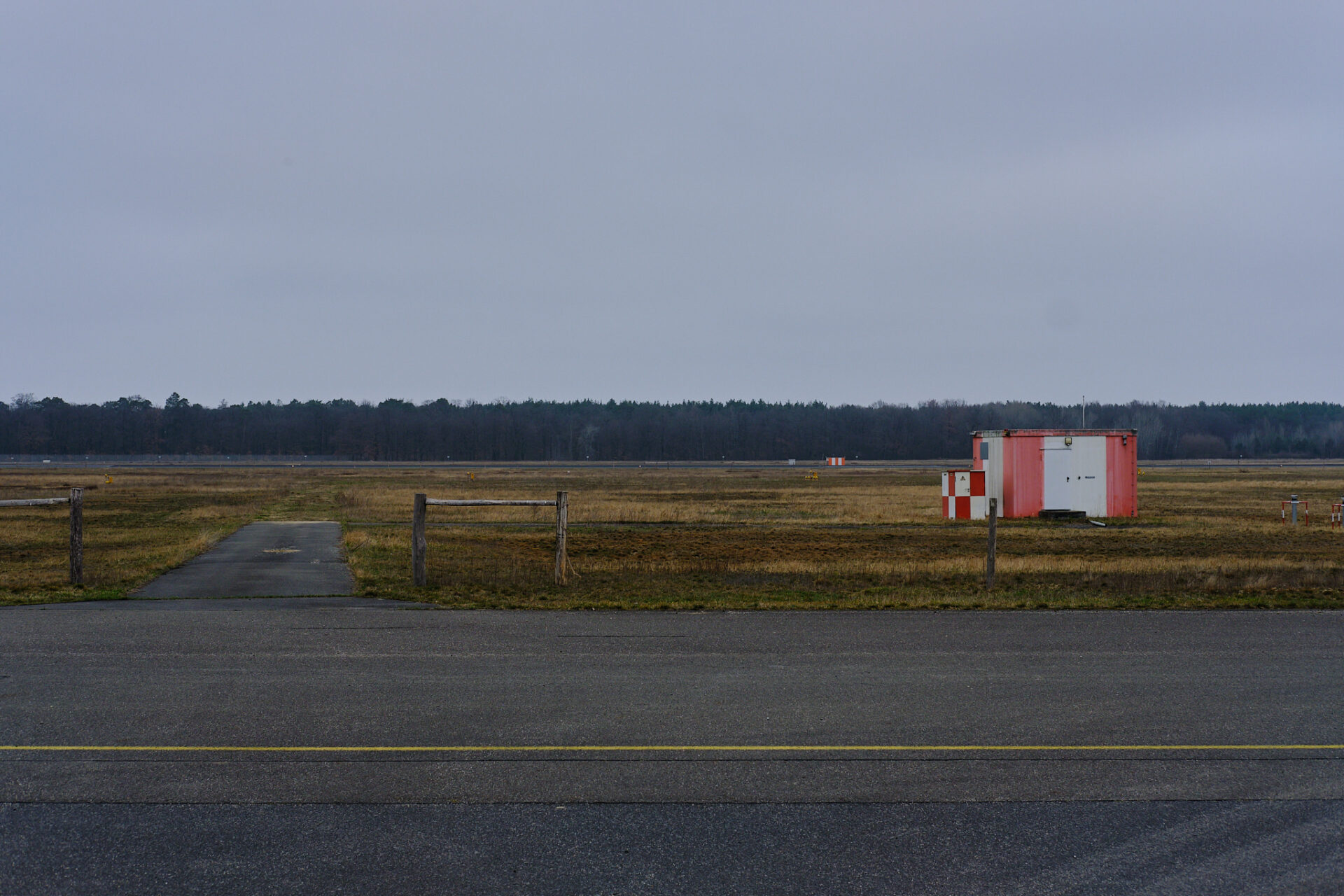
PIV: Starting from Disability
Jos Boys argues that placing disability at the forefront of design can foster “truly radical, avant-garde, and creative architectural practices” that reconnect architecture with users’ diverse needs and desires. However, accessibility is often treated as an afterthought in architectural projects, and able-bodied designers frequently struggle to grasp the lived experiences of people with disabilities. As part of the PIV with Helge Weiser (SenStadt Berlin), we will conduct a series of excursions to case study sites, employing multi-sensory mapping techniques to analyze their approach to “Starting from Disability.”
